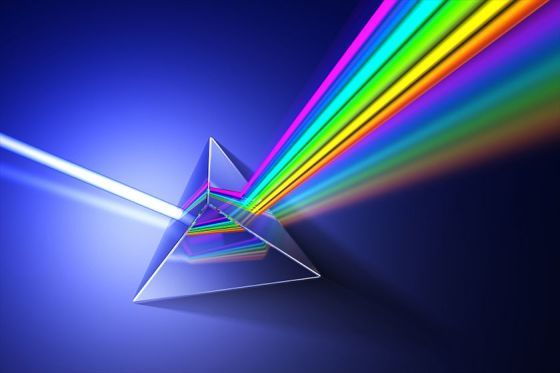Discovering What Color Light Are Bugs Not Attracted To: A Comprehensive Guide to Bug-Repellent Lighting
#### Translation of "what color light are bugs not attracted to":What color light are bugs not attracted to---When it comes to outdoor activities, especiall……
#### Translation of "what color light are bugs not attracted to":
What color light are bugs not attracted to
---
When it comes to outdoor activities, especially during warm evenings, one of the most common nuisances is bugs. Understanding **what color light are bugs not attracted to** can be a game-changer for anyone looking to enjoy their time outside without the constant buzzing and biting of insects. This guide will delve into the science behind insect attraction to light and explore which colors are less appealing to these pesky creatures.
### The Science Behind Bug Attraction to Light
Insects are naturally drawn to specific wavelengths of light. Most bugs, particularly moths and flies, are attracted to ultraviolet (UV) light, which is invisible to the human eye but highly visible to many insects. This attraction is primarily due to their navigation systems; many insects use natural light sources, like the moon, to orient themselves. Artificial lights can confuse them, leading them to flock towards these sources.
### What Colors Are Bugs Attracted To?

Research indicates that different colors of light have varying levels of attraction for bugs. For instance, blue and ultraviolet lights are particularly enticing for many species. This is why you often see swarms of moths around porch lights or street lamps that emit these wavelengths. On the other hand, yellow and red lights tend to attract fewer insects.
### What Color Light Are Bugs Not Attracted To?
So, **what color light are bugs not attracted to**? The answer lies primarily in the spectrum of yellow and red lights. Specifically, yellow bug lights, which emit a wavelength that is less appealing to insects, are often used in outdoor settings to minimize bug presence. These lights are designed to emit light in a range that is less visible to bugs, thereby reducing their attraction.
### Benefits of Using Bug-Repellent Lighting
1. **Enhanced Outdoor Experience**: By using lights that bugs are not attracted to, you can enjoy your outdoor spaces without the constant interruption of buzzing insects.

2. **Health and Safety**: Reducing bug presence can also lower the risk of insect-borne diseases, making your outdoor activities safer.
3. **Energy Efficiency**: Many bug-repellent lights, such as LED yellow lights, are energy-efficient, providing a dual benefit of insect deterrence and lower electricity bills.
### Practical Tips for Bug-Repellent Lighting
- **Choose Yellow or Amber Lights**: Opt for bulbs that specifically mention bug-repellent features or those that emit yellow or amber light.
- **Install Lights Strategically**: Place lights away from areas where you gather, such as patios or decks, to minimize attraction to those spaces.

- **Use Motion Sensors**: Install lights with motion sensors that only turn on when needed, reducing the time insects are attracted to your outdoor space.
- **Combine with Natural Repellents**: Consider using natural insect repellents alongside your lighting strategy for added protection.
### Conclusion
Understanding **what color light are bugs not attracted to** is essential for anyone looking to create a more enjoyable outdoor environment. By choosing the right lighting and implementing strategic placement, you can significantly reduce the presence of insects, allowing for peaceful evenings under the stars. Whether you're hosting a barbecue, enjoying a quiet night on the porch, or simply trying to relax in your garden, the right lighting can make all the difference.